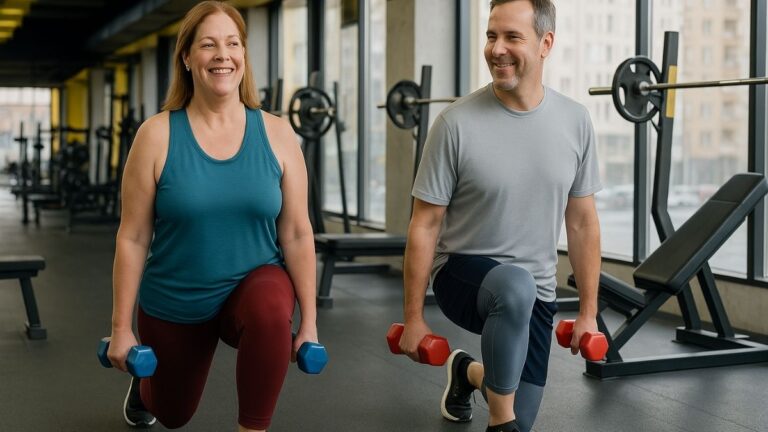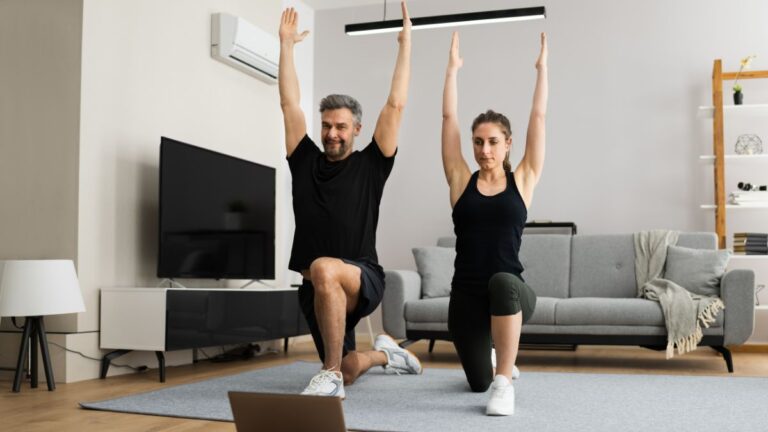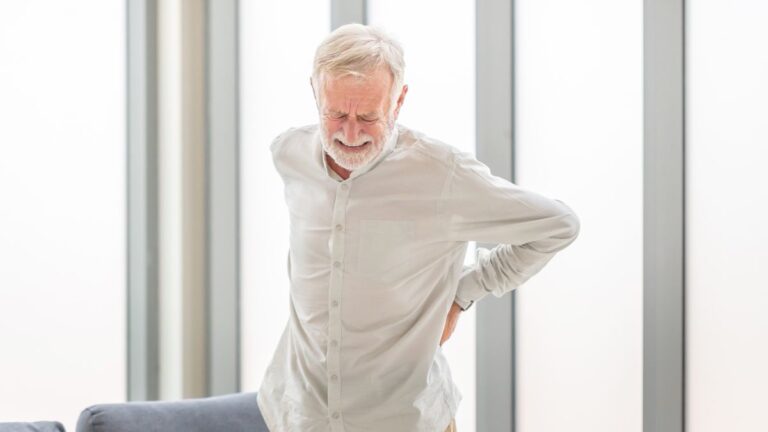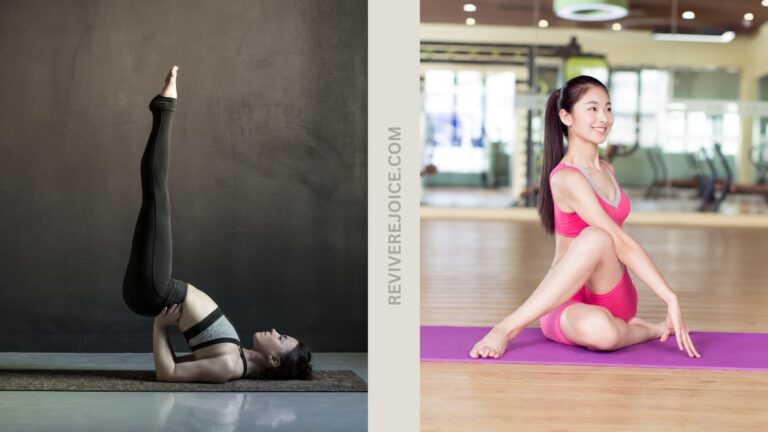Seniors, Discover the Viral 28-Day Wall Pilates Secret! I Tried It at 65—Here’s How It Transformed My Posture & Energy!
Are you feeling stiff or low on energy? I was too—until I found the viral 28-day Wall Pilates routine. At 65, I never imagined a simple workout could make such a difference.
My posture improved, my energy skyrocketed, and I felt stronger than ever. If you’re ready to unlock your best self, this routine is a game-changer.
In just four weeks, I experienced transformations that seemed impossible. Let me show you how it works and why it’s changing lives for seniors everywhere!
1. The Wall as a Silent Drill Sergeant
The wall, a constant and unyielding surface, plays a vital role in Pilates by enhancing body awareness. Unlike floor exercises, where stability is often taken for granted, the wall forces the body to align and activate in specific ways.

The tension created by leaning against the wall can heighten focus, demanding more precision from every movement.
This can be a game-changer, particularly for those who struggle with coordination or need a visual and tactile reference to perfect their form.

Tips
- Use the wall as a constant guide to check your form during each move.
- Avoid leaning too heavily against the wall; keep a light touch to maximize engagement.
- If frustration sets in, take a step back and revisit basic moves to build confidence.
2. Time vs. “TikTok Results” Mythology
The 28-day workout challenge, popularized on social media, often feeds into our desire for quick results.

Yet, muscle adaptation is not so easily confined to a calendar. Real progress takes time and requires consistency—something that can be difficult to achieve in a short span.
While these time-limited challenges provide motivation and structure, they may overpromise in terms of visible results.

Tips
- Focus on long-term progress instead of instant results.
- Take measurements or note how your body feels each week to track improvements.
- Prioritize form and consistency over attempting to meet an arbitrary timeline.
3. Posture Reset or Overhyped Alignment?
A wall’s supposed ability to “fix” your posture during Pilates exercises has become a selling point, but the real impact on spinal health might not be as profound as advertised.

Leaning against the wall during pelvic tilts and other moves can create temporary alignment, but it’s not necessarily a long-term fix for poor posture.
Tips
- Combine wall Pilates with additional postural exercises for lasting results.
- Focus on engaging your core and back muscles to maintain proper alignment throughout the day.
- Do not use the wall as a crutch; work on posture correction beyond the workout.
Related Article:
4. The Hidden Core Challenge
While the wall can enhance body awareness, it also subtly reduces core activation in traditional moves like leg lifts.

By providing support, the wall lessens the need for deep stabilization from the core muscles.
As a result, exercises that would usually engage the entire abdominal region are now assisted by the wall, making them less challenging.
Tips
- Engage your core actively, even when using the wall for support.
- Gradually reduce reliance on the wall as your core strength improves.
- Incorporate non-wall exercises to challenge your core further.
5. Mental Health “Reps”
Wall Pilates isn’t just about physical strength—it also fosters a sense of mental clarity. The tactile feedback from the wall adds a layer of mindfulness, making each movement more focused and intentional.

This meditative aspect sets it apart from traditional mat Pilates, where the mind may wander or get distracted.
The physical sensations of pressing against the wall can ground you, providing a calming effect and allowing for deeper concentration.
Tips
- Embrace the mental aspect of wall Pilates to improve focus during workouts.
- Set a calming intention at the start of each session to cultivate mindfulness.
- Take time to breathe deeply during each movement to enhance the meditative experience.
6. The Equipment Trap
The promise of “no equipment needed” in wall Pilates can be misleading.

While the wall itself serves as your primary tool, factors like grip socks, the wall’s texture, and room temperature can all play a significant role in the effectiveness of your workout.

Inadequate grip can make movements feel slippery or unstable, and even the surface of the wall can affect the feel of the exercise.
Tips
- Invest in high-quality grip socks for added stability during exercises.
- Ensure your wall is clean and smooth to avoid unnecessary distractions.
- Adjust room temperature to a comfortable level to stay focused throughout your workout.
7. Sustainability Beyond the Hype Cycle
While 28-day challenges create a sense of urgency, they often fail to provide the tools for sustainable long-term growth.
After completing the challenge, many people feel at a loss, unsure of how to continue.
This structure may not foster habits that last beyond the viral cycle. True fitness requires consistency, adaptation, and progression over time.
Tips
- Set personal goals beyond the 28-day mark to ensure continued progress.
- Adapt your routine as you grow stronger, incorporating new challenges into your practice.
- Make wall Pilates one part of a balanced and evolving fitness plan.
Final Thought:
Wall Pilates can be an effective addition to any workout routine, offering benefits ranging from improved body awareness to mental clarity.
However, like all fitness trends, it’s important to approach it with a realistic mindset. True progress comes with time, consistency, and a willingness to adapt beyond the initial hype.
By understanding the nuances of wall Pilates and integrating it with other practices, you can cultivate both physical and mental strength that lasts.







